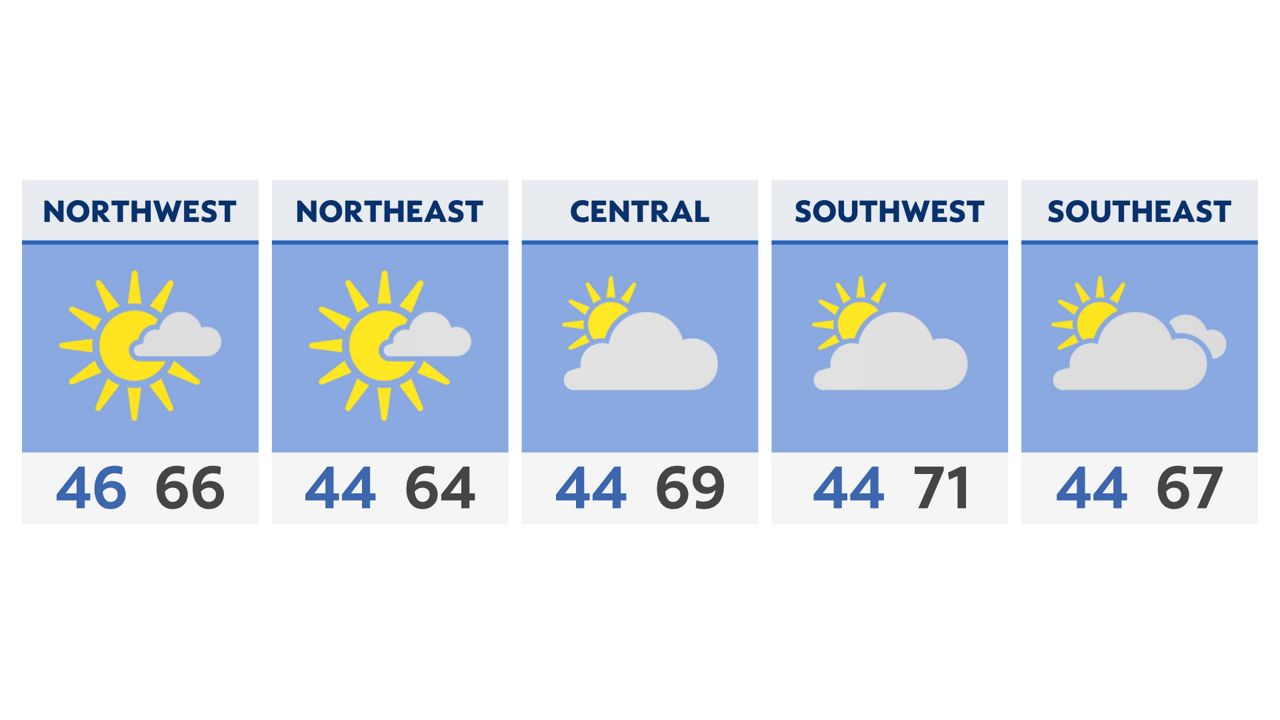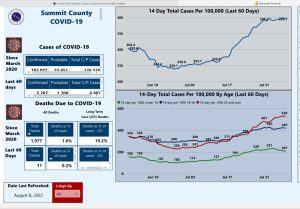MORAINE, Ohio — Shawn Waldman, the CEO of Secure Cyber Defense, said the information attained during a cyber attack is used in identity theft cases and additional future cyber crimes.
Waldman’s company, which started eight years ago, does cyber security work for both local governments and K-12 schools in the Dayton market and beyond.
The former law enforcement officer said hacking attempts always increase during the start of a school year, and criminals are looking for personally identifiable information or PII.
“They’re looking for names, social security numbers, date of births, any type of sensitive information that they can use to their benefit,” says Waldman.
And just how are these criminal hackers able to access this vital information?
“The information might not be protected the way it needs to be. It might not have multi-factor authentication,” said Waldman. “Maybe it has a weak password. A lot of organizations that we work with don’t necessarily know where that information is stored. So therefore it’s hard to mount any type of protection around it if they don’t know where it is.”
In early September, the Los Angeles Unified School District, the nation’s second-largest, announced it had been hit with ransomware—temporarily interfering with its website and email system.
To put it into perspective, according to Forbes, the average total cost of recovery from a ransomware attack last year hit $1.4 million.
Waldman said he’s been educating superintendents, principals, IT directors, even treasurers about these dangers.
“It’s a constant relationship and communication to keep them informed of tactic changes, things they could do different. With something like a weak password, and no MFA, that bad guy could just walk right up to you,” Waldman said. “So the more things that we put in front of them, the farther they are away from us.”
Waldman said lack of funding from school districts and local governments usually puts cyber security low on the priority list.
He hopes changes will soon be made to the FCC’s E-Rate funding program.
“They’re advocating for the FCC to allow that E-Rate money to be used on cyber all the time,” Waldman said. “And I think that would help a lot by incentivizing the school districts because they’ll have that additional funding.”




